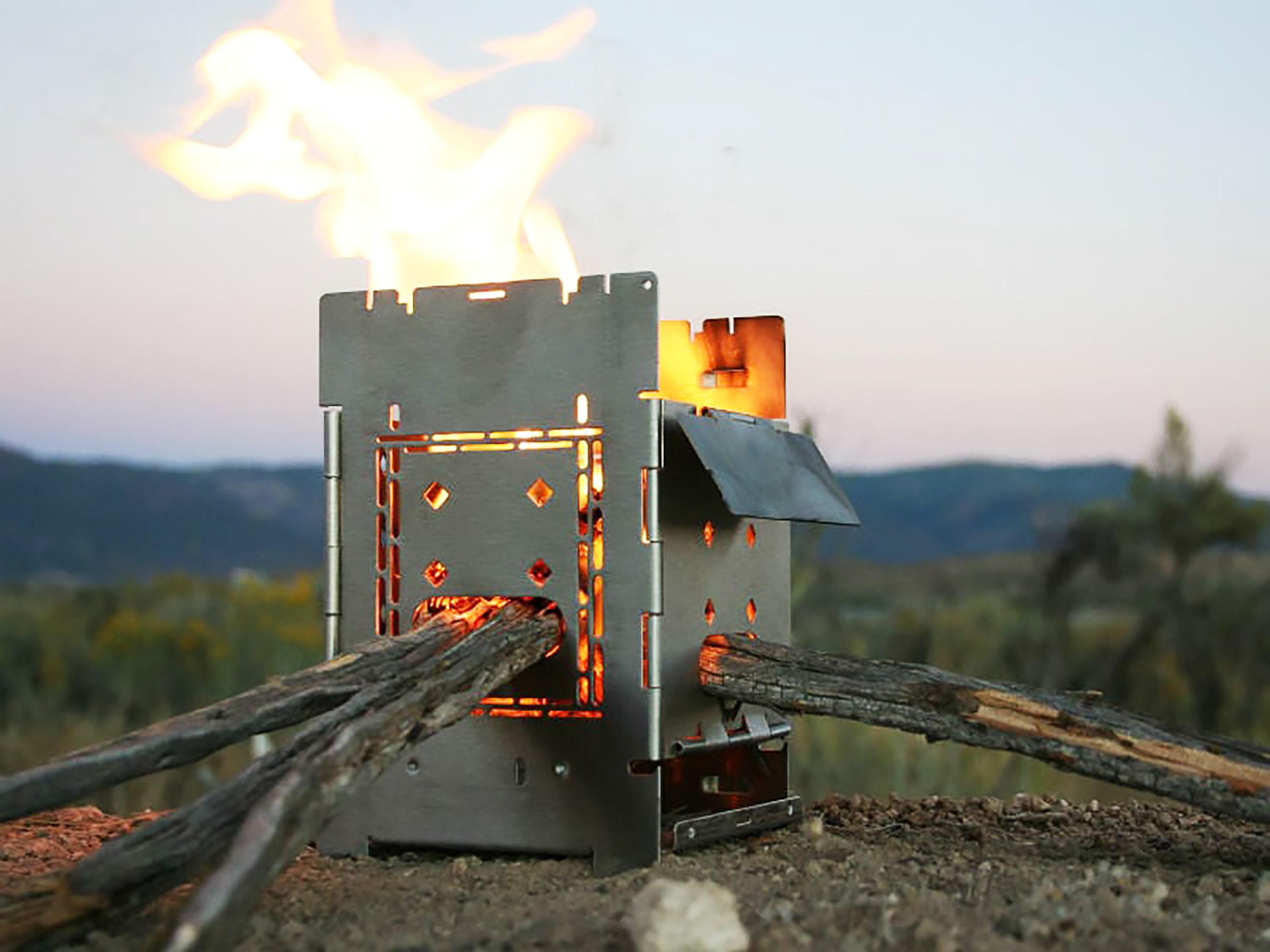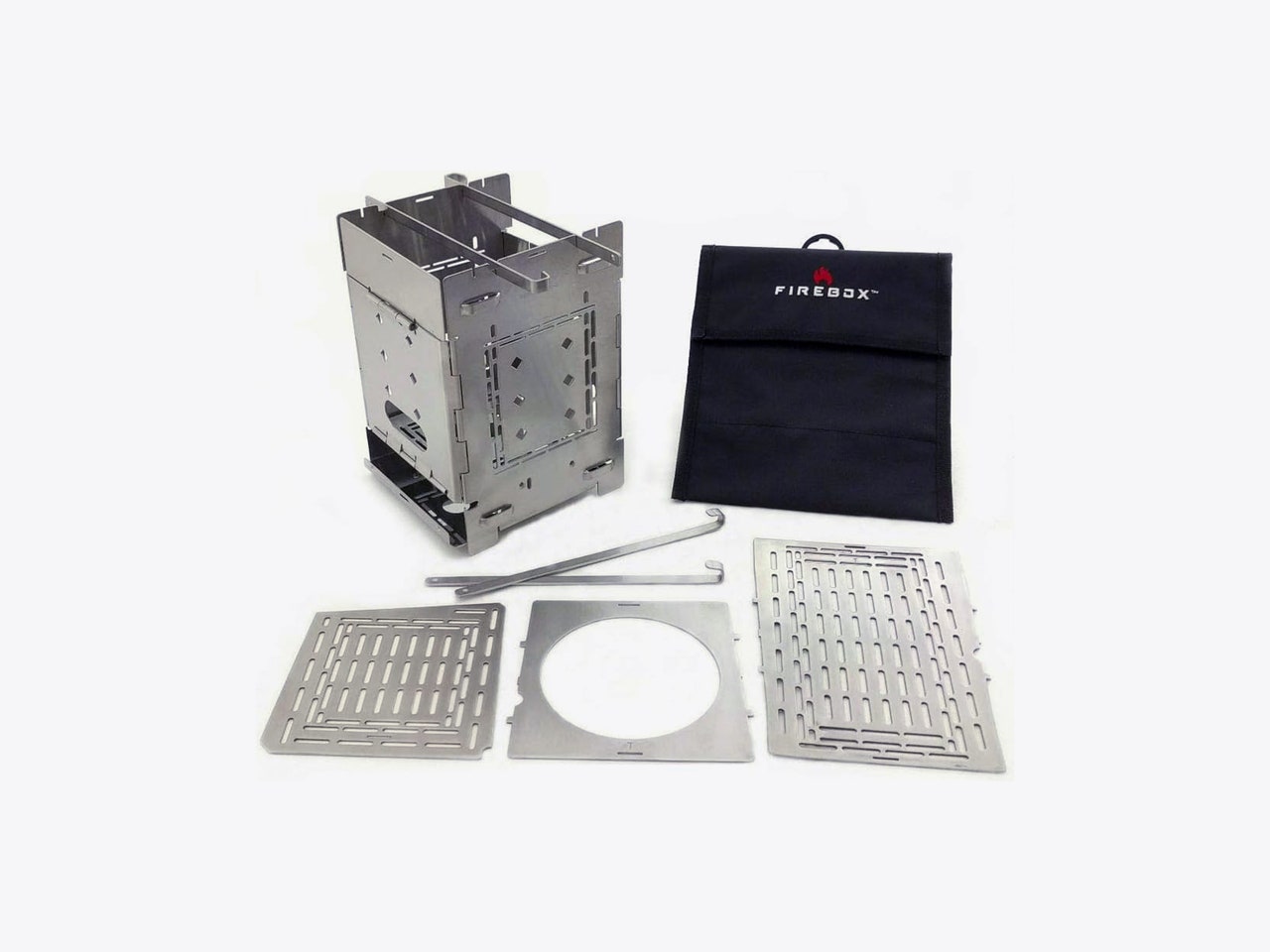If you buy something using links in our stories, we may earn a commission. This helps support our journalism. Learn more. Please also consider subscribing to WIRED
The best food I’ve ever eaten was cooked over a campfire. Sometimes it was half raw and half burnt, but it was still amazing. It was amazing because food is more than, well, food. It's about sharing and friendship, and few things are as conducive to friendship as sitting around a fire.
As the popular BBQ site Amazing Ribs puts it, “Ever seen people pull up lawn chairs, encircle the gas grill, roast marshmallows, and sing Kumbaya? Didn’t think so.” Sadly, I have seen exactly this. I winced when I saw it, but it happens. Fire bans in Western national parks are doing this to people and it's a shame. If a backyard is where you spend your time outdoors, you might want to stop reading right now because the rest of this is just going to make you sad at what you’ve lost.
Campgrounds generally have some kind of fire ring, but when I head into the backcountry—if open flame fires are permitted—I am a devoted fan of Firebox stoves. It's a stainless steel box you can fold up to be flat for easy packing. It comes with an ash pan, two fire sticks, and a carry bag. You can use multiple types of fuel, from wood to coal, and you can pop your cookpot over it (it can hold a Dutch oven, as evidenced here). It completely changed the way I backpack. It’s not practical to hike around with a grill strapped to your pack, but the Firebox makes building a compact fire, and cooking over it, simple.
For the entire history of human existence—until the past 60 or so years—if you wanted cooked food, you were starting a fire. Cooking is the act of bending fire to the human will, of steering this potentially dangerous, often out-of-control thing to render fat, roast meat, and simmer beans.
I was first attracted to cooking not because of the food so much as the way cooking meant taming, controlling, and wielding fire. To my great disappointment when I started cooking professionally, my first job was as a garde-manger, meaning I was in charge of the pantry, preparing salads, appetizers, deserts, and other cold foods. To make it worse, I stood right next to the fish station and got to watch as my fellow chefs played with fire while I stood shucking oysters and sprinkling bacon on Caesar salads.
Fortunately, that only lasted a few months. I moved up the kitchen hierarchy until I reached head chef, and there was plenty of fire—and learning to work with fire—along the way. Still, the “fire” here was always carefully regulated gas stoves. The kitchens I worked in never used coals or wood flame. It wasn’t until I started to travel full time in an RV that I started to cook outside, first on a propane stove, then over coals, then eventually over open wood fires. I haven’t yet invested in a “spider” pan, but over half of the meals I cook these days are over open flames (technically coals but that doesn’t sound as good).
I discovered the Firebox stove through the company’s YouTube channel, which is an eye-opening backcountry cooking guide told through the adventures of Firebox founder Steve Despain. Go ahead, watch a few videos, and come back in a couple of days when you’re done.
Before encountering Firebox stoves, I thought I was pretty good at backcountry cooking. I am a former cook after all. I dehydrated my meals and whipped up what I thought were pretty tasty chow. My kids did not think so. Especially on the trip when I forgot the cheese for the mac and cheese. Still, rehydrated sausage and grits? This is high living for backcountry food, right?
Then one day I stumbled on Despain's videos and his dogs and goats, grilling steak and fish over an open flame in compact little stoves. Suddenly dehydrated anything felt, well, lame. I bought a Firebox stove and never looked back. I’ve seared many a backcountry steak, enjoyed a morning cup of coffee made over the fire, and baked a few cakes.
Sure, if I were through hiking, or going on multi week trips, I’d still bring some dehydrated meals. Fresh food is heavy and perishable (though less perishable than people think, especially if you can get your hands on some fresh eggs that have never been refrigerated). My time in the backcountry right now consists of shorter trips though. An overnight here, a few days there. For these trips, I often bring only the Firebox (sometimes with a backup alcohol stove, should it rain).
The stove I recommend for most people is the original Firebox G2. Because I am feeding a family of five on the trail, I own the larger eight-panel version ($150). Functionally they work the same way—build a fire out of twigs and small branches and cook over it.
While that sounds simple, I strongly suggest you practice this a few times before hitting the trail. Any time a technology (like natural gas or electricity) replaces a human skill, the skill disappears. If you’ve never cooked over an open flame, the first time you do, you’ll likely produce some half-raw, half-burnt food. I know I said some of the best meals I’ve ever had were that way, and I know you just spent seven hours binging Steve’s YouTube channel and you’re ready to bake cinnamon rolls to die for, but … just trust me on this, practice first.
Now if you'll excuse me, I have to order the new Firebox Box Pot to up my backcountry baking game. Happy trail cooking, friends.
.jpg)


